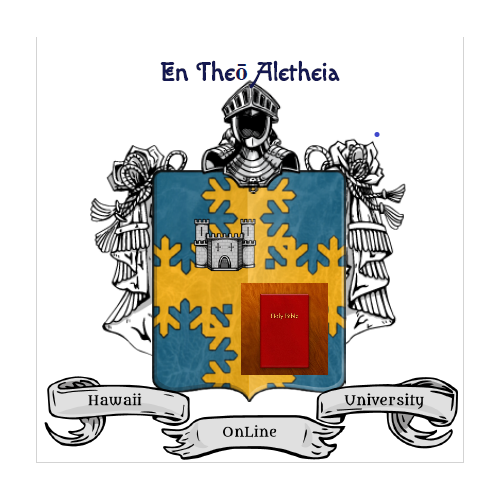Avastin, Lucentis, Eyelea
How are they different?
The differences between the three therapies are considered clinically insignificant by many ophthalmologists. But here are some differences that your ophthalmologist may explain to you as you discuss the options.
By the American Academy of Ophthalmology: Article Written By: Reena Mukamal
July 20, 2015
“FDA approval
While Lucentis and Eylea have been FDA-approved for use in the eye, Genentech, the company that manufactures Avastin, as well as Lucentis, has not sought FDA approval for Avastin to be used as treatment of wet AMD.
However, Avastin was FDA-approved as a treatment for colon cancer in February 2004, and since then has been used by ophthalmologists to treat wet AMD “off-label” with great results. In fact, half of ophthalmologists prescribe Avastin as a first-line treatment for wet AMD.
Cost
Avastin, at approximately $50 per average treatment, is significantly less expensive for the patient than the alternatives (~$1,800 for Eylea and ~$2,000 for Lucentis).
Eylea’s and Lucentis’ significantly higher price tags reflect the costly process of FDA approval for their intended use. Although Avastin carries a similarly high price tag when used for colon cancer, it is much less expensive as an eye treatment because only 1/40th of the drug is being used for each dose.
Price is often a deciding factor for patients. The manufacturers of Lucentis and Eylea do offer some patient assistance programs to help subsidize costs. But for many individuals, the nearly $2,000 difference between these two drugs and Avastin can add up to thousands of dollars or more in out-of-pocket costs over the course of treatment. This cumulative price differential has been the main focus of media stories about the three drugs.
Also related to the issue of cost is insurance coverage. All three drugs are covered by Medicare, but the terms of coverage can be complex. Not all injections may be covered by each insurance carrier.
Risks
Numerous studies have concluded that there are minimal differences in risk between the three drugs. A concern is that there is a greater possibility of infection with Avastin due to potential contamination when the drug is being repackaged into smaller doses for the eye. When appropriate guidelines are followed for preparing such medicines, this risk is minimized. Additionally, “in the vast majority of cases of eye infection, the source is the surface of the patient’s own eye, rather than contaminated medication or anything else,” said Abdish Bhavsar, M.D., Academy clinical spokesperson and retina specialist.
Packaging and accessibility
Since Lucentis and Eylea are FDA approved for use in the eye, they are manufactured and delivered to ophthalmologists as eye injectables, usually stored in the ophthalmologist’s office and available for use whenever they are needed.
Avastin, in contrast, is a repackaged drug. It is shipped from the manufacturer to a special pharmacy that repackages it into smaller doses for the eye and then delivers it to doctors’ offices. If you and your ophthalmologist decide that Avastin is right for you, you may have to come back for a second appointment to receive the treatment. In most cases your doctor will be able to pre-order your prescription each month and have it ready for your subsequent appointments, minimizing this issue after the initial treatment”.
https://www.aao.org/eye-health/diseases/avastin-eylea-lucentis-difference
Please click here to go to the article
Image courtesy of aao.org
Reference:
https://www.aao.org/eye-health/diseases/avastin-eylea-lucentis-difference


